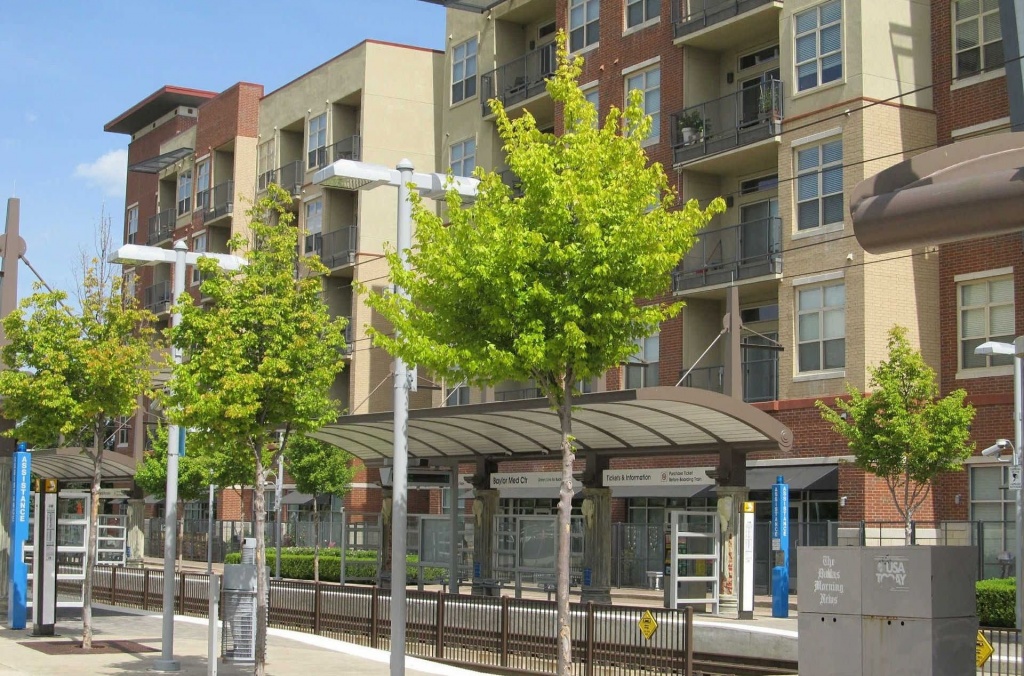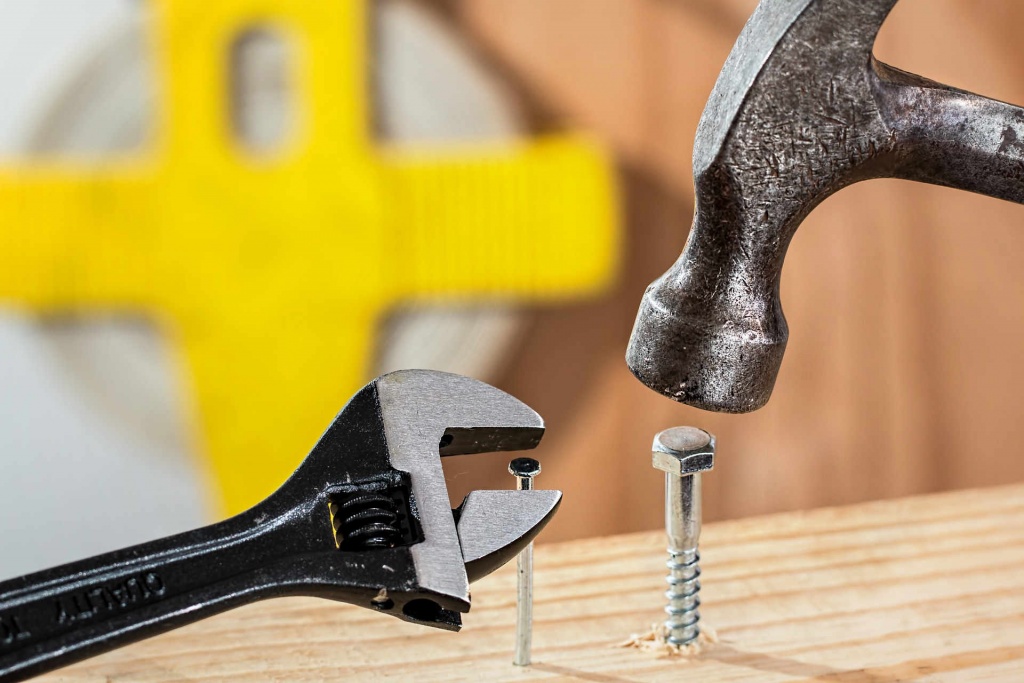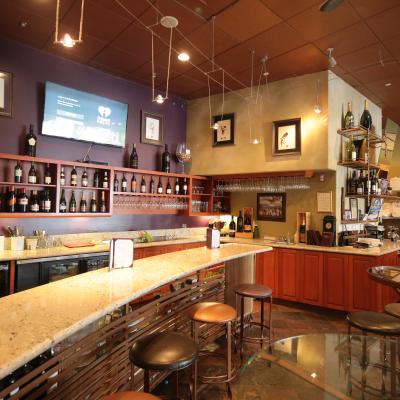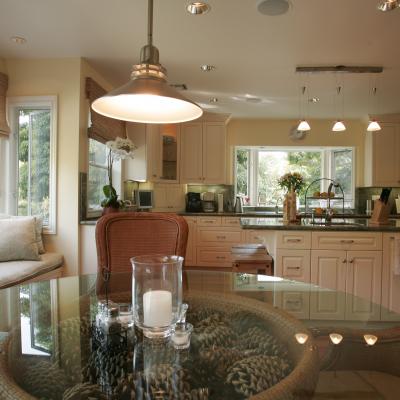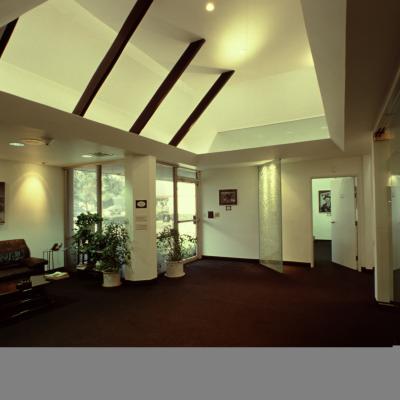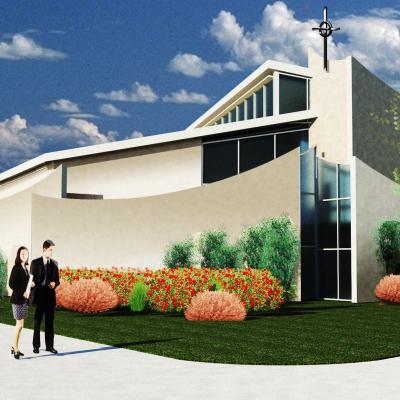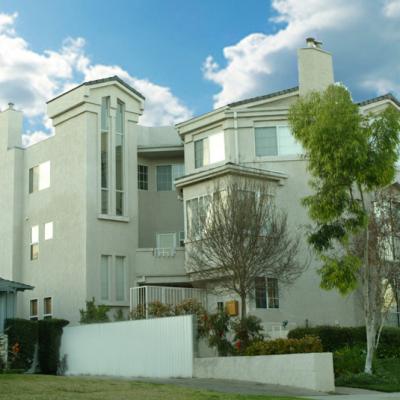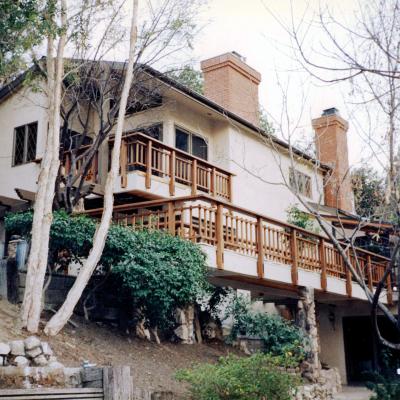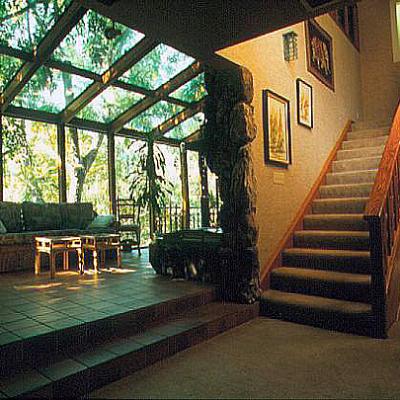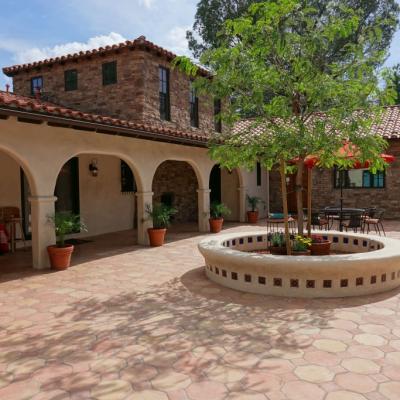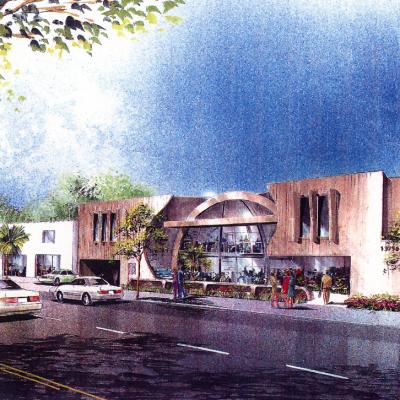Ever since the Pacific and Central Railroads first met in Promontory, Utah, to complete in the first transcontinental railroad in 1869, it was clear that mass transit was never going to be the same. Cities starting popping all along the railroads, filled with residents eager to take advantage of this new transit opportunity.
Green Design Jim
When I’m reading, my thoughts usually swirl around to what types of projects I’m working on and, inevitably, the issue of aesthetics turns up. In this case, I’ve been reading “The Unbearable Lightness of Being” in which the author, Milan Kundera, discusses the notion of “aesthetic intentions.” Here at JHAI, whenever we see or hear about a project that isn’t what we think it could be, we are reminded that aesthetics and aesthetic impact remains at the forefront of design.
“Repair what is broken, protect what is vulnerable, cherish what is beautiful and be a good steward of creation.” – Ralph Waldo Emerson.
Back when I was a student at Cal Poly Pomona, I had an architectural instructor named Steven Bocher. As a “Greek,” he believed in cafes in front of every project. He also regarded the shared music as an integral piece of the architecture, likened to the “spirit” of the space. Music and architecture do share similar patterns: Standard ABCBA patterns in architectural elevations are similar to musical scales, for instance.
As a professional, you would think that all building codes are consistently enforced. You would also think that once your project is under construction that means that all code issues and designs have passed and all permitting, sign offs and plan checks are resolved. Lately, however, we’ve been experiencing inspectors who will not accept the wisdom of the plan check process. Even the Los Angeles supervisors I’ve spoken with acknowledge that the plan check and inspection processes have become uneven and uncoordinated. They say it will take another 3–4 years to work out the bugs because of all the new plan checkers, inspectors and supervisors.

